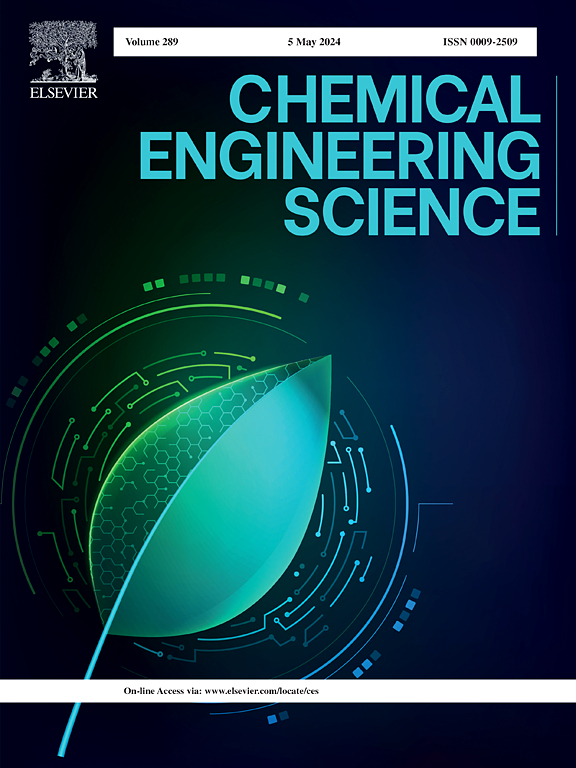A general Physics-Informed Neural Network approach for deriving fluid flow fields from temperature distribution
IF 4.3
2区 工程技术
Q2 ENGINEERING, CHEMICAL
引用次数: 0
Abstract
One attractive application of Physics-Informed Neural Network (PINN) is deriving fluid flow information such as velocity and pressure from temperature field. However, this requires developing a suitable loss function for a given flow condition. In this paper we implemented a general loss function in PINN to directly obtain fluid velocity and pressure from temperature information. We first validated this method through cases of natural convection in a square cavity, flow around a cylinder in a square cavity, and two-dimensional channel flow. Additionally, we examined forced convection heat transfer around a cylinder in depth. Results show that different Reynolds numbers (2, 10, 40, and 140) can all be effectively resolved using temperature data. Furthermore, super-resolution predictions of temperature, velocity and pressure are achievable even far outside the training area, suggesting that the proposed PINN method could be used to measure fluid flow within confined spaces via finite visualization windows without tracers.
从温度分布推导流体流场的通用物理信息神经网络方法
物理信息神经网络(PINN)的一个有吸引力的应用是从温度场推导出流体流动信息,如速度和压力。然而,这需要针对给定的流动条件开发合适的损失函数。在本文中,我们在 PINN 中实现了一种通用损失函数,可直接从温度信息中获取流体速度和压力。我们首先通过方形空腔中的自然对流、方形空腔中圆柱体周围的流动以及二维通道流动等案例验证了这种方法。此外,我们还研究了圆柱体周围的强制对流传热。结果表明,不同的雷诺数(2、10、40 和 140)都可以通过温度数据有效地解析。此外,温度、速度和压力的超分辨率预测甚至可以在训练区域之外很远的地方实现,这表明所提出的 PINN 方法可用于在没有示踪剂的情况下,通过有限可视化窗口测量密闭空间内的流体流动。
本文章由计算机程序翻译,如有差异,请以英文原文为准。
求助全文
约1分钟内获得全文
求助全文
来源期刊

Chemical Engineering Science
工程技术-工程:化工
CiteScore
7.50
自引率
8.50%
发文量
1025
审稿时长
50 days
期刊介绍:
Chemical engineering enables the transformation of natural resources and energy into useful products for society. It draws on and applies natural sciences, mathematics and economics, and has developed fundamental engineering science that underpins the discipline.
Chemical Engineering Science (CES) has been publishing papers on the fundamentals of chemical engineering since 1951. CES is the platform where the most significant advances in the discipline have ever since been published. Chemical Engineering Science has accompanied and sustained chemical engineering through its development into the vibrant and broad scientific discipline it is today.
 求助内容:
求助内容: 应助结果提醒方式:
应助结果提醒方式:


